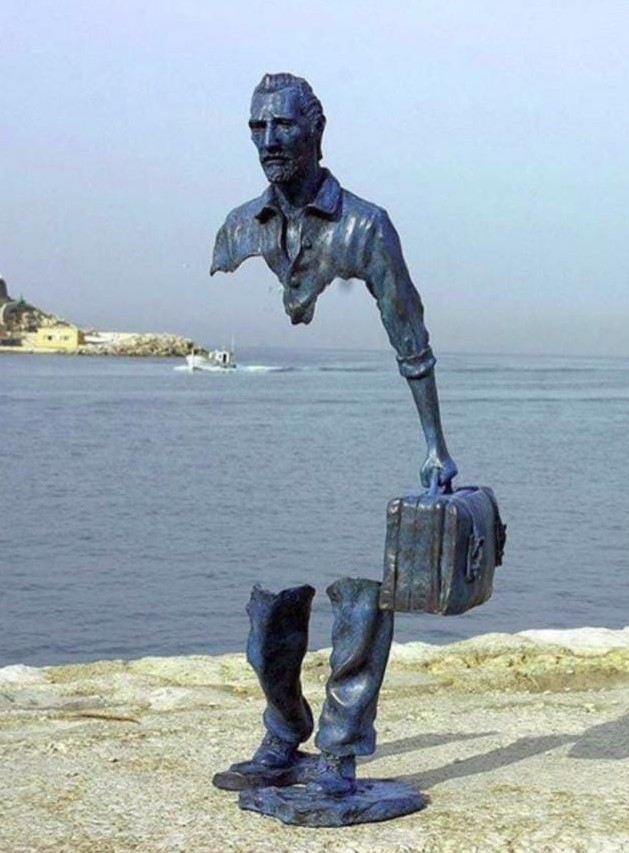Happy Thanksgiving 2020 from sunny St. Augustine, Florida! While I work diligently to live fully in the day I am in, I admit to looking forward to the end of 2020. It has been a turbulent year. Of course, my life is not nearly as uncertain as was that of the sojourners straggling onto shore in 1565 in what is now St. Augustine. It was actually here, 57 years before that famous Jamestown feast, that the first service of Thanksgiving was held. The first act of those setting foot in St. Augustine was not to plant the flag of the King of Spain who had sent them. Instead, each person venerated the cross of Christ as they stepped onto the sandy shore. The priest and the other grateful survivors celebrated a service of thanksgiving (the eucharistic Mass) and consecrated the land “en el nombre de Dios” (“in the name of God”). The racially and ethnically diverse settlers believed that all human beings, including the indigenous populations already occupying Florida, were children of the living God. (For an excellent telling of this rich history, check out the PBS video series, “Secrets of the Dead: America’s Untold Story.” https://shop.pbs.org/WC2182.html ) The priests who first came to Florida through St. Augustine were motivated by the love of God for all people. Their love would cost most of them their lives.
When I first saw the surrealist sculptures of Bruno Catalano I immediately thought of those early immigrants to “La Florida” and all who have found themselves in unfamiliar territory. Art commentators note that Catalano was born in 1960 to a Sicilian family living in Morocco, then raised in France. The sculptor knew how it felt to be a foreigner in an adopted land. Catalono’s bronze figures, Les Voyageurs (The Travelers), depict people journeying, suitcases in hand. A portion of each body is missing. Finally, in the last of these sculptures gracing the Marseille, France waterfront, only shoes and suitcase remain.
Without meaning and a guiding purpose, that is our fate. The internal or external displacements in our lives will leave us diminished and hollowed out, much like Catalano’s Travelers. Whether through cultural disorientation or wounds inflicted by others, we are likely to find that we are a mere shell of who we know we were meant to be.
But…what if it were possible to gather the missing, broken pieces of ourselves and reverse the order of Catalano’s sculptures, ending not with a suitcase and shoes, but with a whole person? St. Isaac of Syria believed this was possible: “This life is given to us for our healing. Do not waste it on vain pursuits.” I was not in a foreign country this year, and yet I felt at times like “The Travelers.” Ss. Peter and Paul must have shared this experience since they both referred to the believers in their letters as “strangers and exiles here on earth” (I Peter 2:11-12; Hebrews 11:13).
But there is a very promising note in Paul’s letter to the Ephesians: “now we are no longer strangers or exiles… .” (2:19-20). The promise of a journey that ultimately leads to Home and wholeness is something I can give thanks for each day. Wishing all a most blessed season of Thanksgiving!



